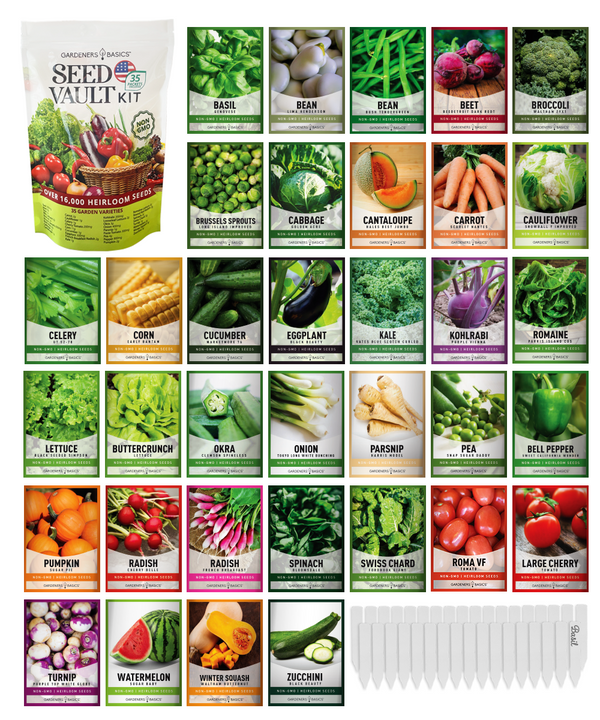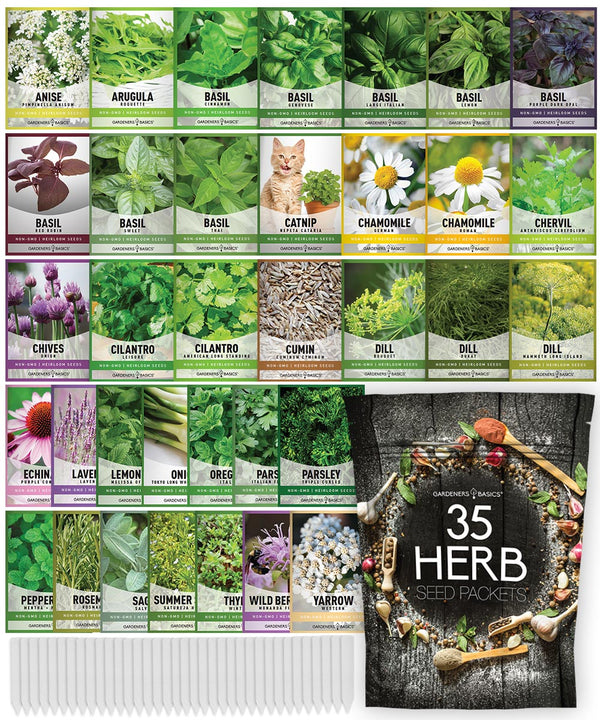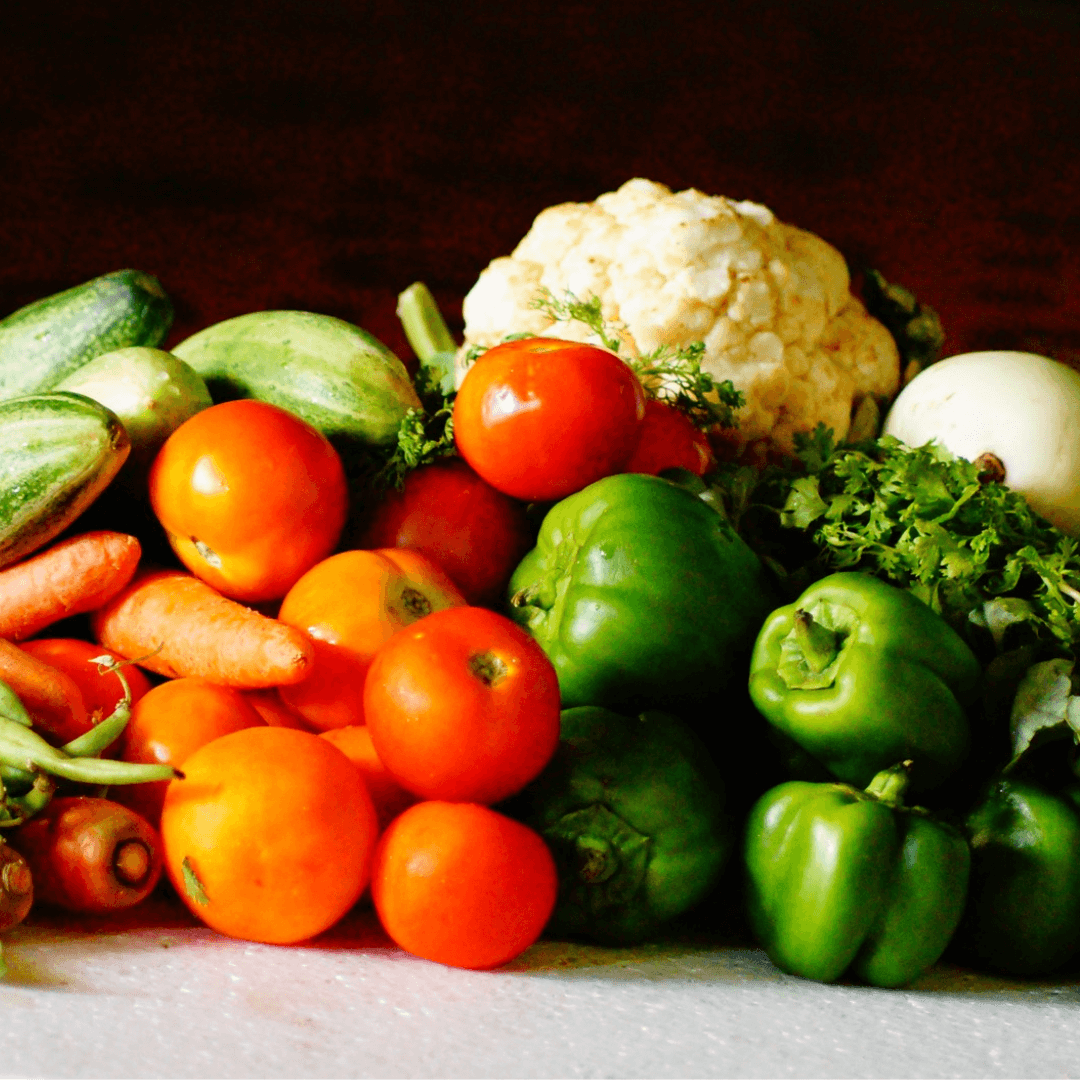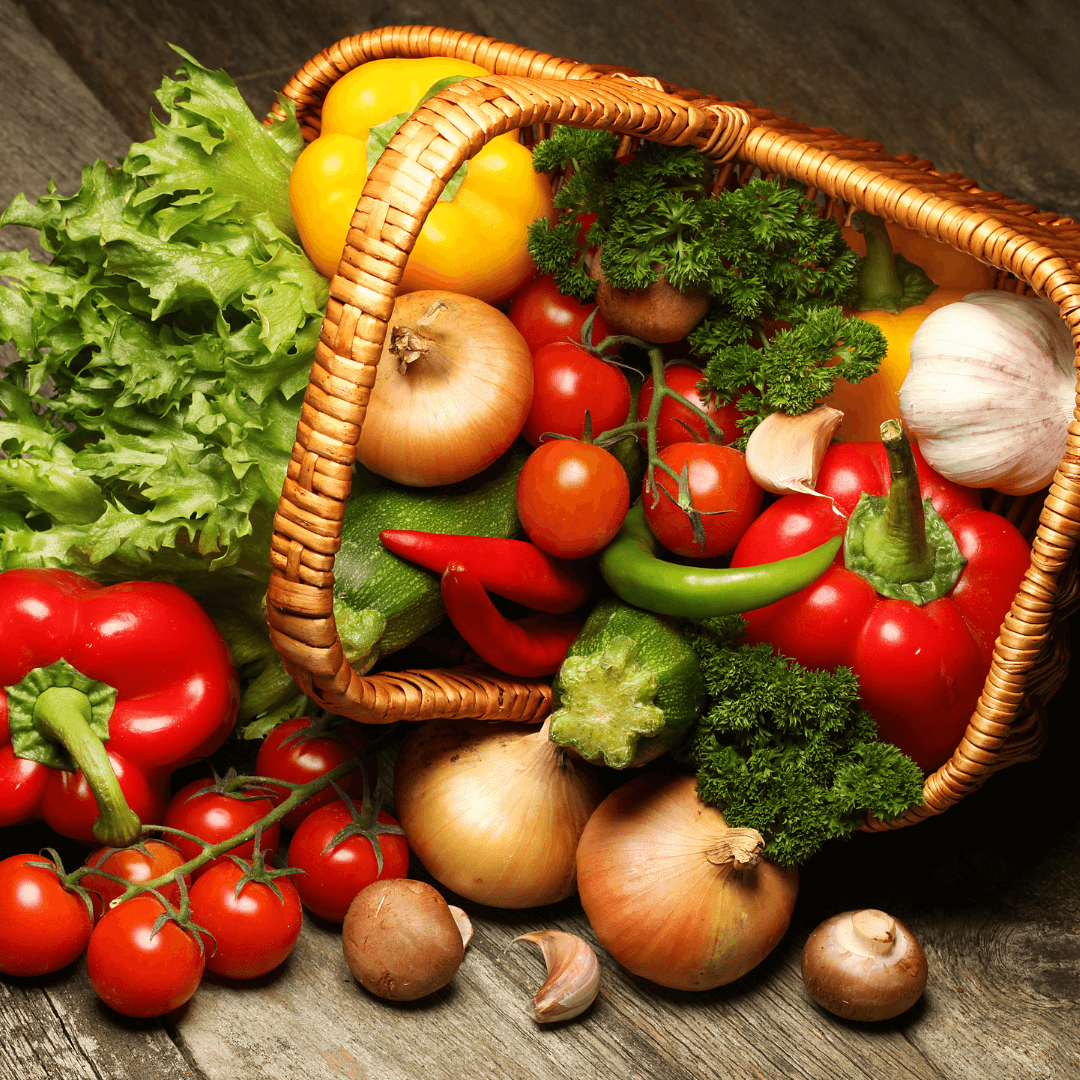Growing plants indoors can be a great way to bring nature into your home and provide fresh produce year-round. However, to ensure your indoor plants thrive, providing them with adequate light is essential. That's where grow lights come in. In this article, we'll cover everything you need to know about how to hang grow lights for your indoor garden.
1. Determine the Type of Plant You're Growing
Different plants have different light requirements. Some plants, such as succulents and cacti, require intense light, while others, like ferns and ivy, prefer low to moderate light levels. Before hanging your grow lights, it's essential to determine the light requirements of the plants you're growing.
2. Choose the Right Type of Grow Light
Many types of grow lights are available on the market, including LED, grow lights, fluorescent grow lights, and high-pressure sodium (HPS) lights. Each type of grow light has its advantages and disadvantages. LED grow lights are energy-efficient and provide a full spectrum of light, while fluorescent grow lights are affordable and easy to use. HPS lights are great for flowering plants but are less energy-efficient than LED lights. Choose the type of increased light that best suits your needs and budget.
3. Determine the Height of the Lights
The height of your grow lights will depend on the type of plant you're growing and the intensity of the morning. Generally, plants that require high light levels should be positioned closer to the light source, while plants that prefer low to moderate light should be placed farther away. Aim for 12 to 24 inches between the grow lights and your plants.
Vegetable Seed Vault Kit | 35 Variety Pack

$29.95
$49.95
Ultimate Survival Seed Vault: 16,000+ Non-GMO Heirloom Vegetable Seeds for Emergency Preparedness Introducing the Seed Vault Kit, your all-in-one solution for emergency preparedness and sustainable gardening. This premium seed kit contains over 16,000 non-GMO, Heirloom, Non-Hybrid, and Open Pollinated seeds,… read more
4. Consider the Size of Your Grow Space
The size of your grow space will also impact how you hang your grow lights. If you're growing in a small area, such as a closet or spare room, you may need to turn your lights vertically to make the most of the space. If you have a larger growing room, you can hang your lights horizontally for more even coverage.
5. Choose the Right Light Hangers
Several types of light hangers are available, including rope ratchets, adjustable hangers, and pulleys. Rope ratchets are popular as they easily adjust and support heavy lights. Adjustable hangers and pulleys can also help change the height of your grow lights as your plants grow.
6. Determine the Amount of Light Your Plants Need
The amount of light your plants need will depend on the type of plant you're growing and the growth stage. Seedlings and young plants require less light than mature plants. As your plants grow, you may need to adjust the height and intensity of your grow lights to give them the right amount of light.
7. Hang Your Grow Light in Your Grow Tent
If you're growing in a grow tent, hang your grow lights inside the tent. You'll need to attach the light hangers to the tent's frame to do this. Ensure the lights are positioned close enough to the plants to provide adequate light but not so close that they cause heat stress.
8. Consider Using Heirloom Seeds
Finally, consider using heirloom seeds for your indoor garden. Heirloom seeds are open-pollinated and have been passed down from generation to generation. They often produce more flavorful and nutritious plants than modern hybrid varieties.
In conclusion, hanging grow lights for indoor plants is essential in ensuring they thrive. By considering the type of plant you're growing, choosing the right kind of grow light and hangers, determining the height and amount of light, assessing the size of your grow space, and using heirloom seeds, you can create an optimal growing environment for your indoor garden. Here are a few additional tips to keep in mind:
- Ensure your grow lights are securely hung and won't fall or tip over.
- Use a timer to ensure your plants receive consistent light each day.
- Monitor your grow space's temperature and humidity levels to ensure your plants are comfortable.
- Keep an eye on your plants and adjust the height and intensity of your grow lights as needed.
With these tips and some experimentation, you can create a thriving indoor garden that provides fresh produce and a touch of greenery to your home year-round. We hope you enjoyed learning how to hang grow lights so you can get growing today! Happy growing!
FURTHER READING --->>> How much does it cost to run a grow light?
Frequently Asked Questions
Q: Do I need to hang grow lights for all indoor plants?
A: It depends on the light requirements of the plant you're growing. Some indoor plants, such as those that thrive in low-light conditions, may not require additional grow lights. However, most plants benefit from supplemental lighting, incredibly during winter when natural light is limited.
Q: How do I know how high to hang my grow lights?
A: The height of your grow lights will depend on the type of plant you're growing and the intensity of the morning. Generally, plants that require high light levels should be positioned closer to the light source, while plants that prefer low to moderate light should be placed farther away. Aim for 12 to 24 inches between the grow lights and your plants.
Q: What type of grow light should I use?
A: There are many types of grow lights available on the market, including LED, grow lights, fluorescent grow lights, and high-pressure sodium (HPS) lights. Each type of grow light has its advantages and disadvantages. LED grow lights are energy-efficient and provide a full spectrum of light, while fluorescent grow lights are affordable and easy to use. HPS lights are great for flowering plants but are less energy-efficient than LED lights. Choose the type of increased light that best suits your needs and budget.
Q: Can I use regular light bulbs instead of growing lights?
A: Regular light bulbs are not recommended for indoor gardening as they do not provide the correct spectrum of light plants need to grow. Instead, use a full-spectrum grow light that provides the right balance of light for your plants.
Q: How do I adjust the height of my grow lights as my plants extend?
A: Many light hangers, such as rope ratchets, adjustable hangers, and pulleys, can help adjust the height of your grow lights as your plants grow. Simply adjust the hangers to raise or lower the rays as needed.
Q: How long should I leave my grow lights on?
A: The amount of light your plants need will depend on the type of plant you're growing and the growth stage. Seedlings and young plants require less light than mature plants. Generally, most indoor plants require between 12 and 16 hours of sunshine daily. Use a timer to ensure your plants receive consistent light each day.
Q: Do I need special hangers to hang my grow lights?
A: There are several types of light hangers available, including rope ratchets, adjustable hangers, and pulleys. Rope ratchets are popular as they easily adjust and support heavy lights. Adjustable hangers and pulleys can also help change the height of your grow lights as your plants grow. Choosing solid and secure hangers is essential to ensure your lights are safely hung.
Q: Can I hang my grow lights horizontally or vertically?
A: The orientation of your grow lights will depend on the size and shape of your grow space. If you have a small space, such as a closet or spare room, you may need to hang your lights vertically to maximize the space. If you have a larger growing room, you can hang your lights horizontally for more even coverage. Consider the size of your grow space when deciding how to turn your grow lights.
Q: What are heirloom seeds, and why should I use them?
A: Heirloom seeds are open-pollinated seeds passed down from generation to generation. They are often more flavorful and nutritious than modern hybrid varieties. Using heirloom seeds can help preserve traditional plant varieties and support sustainable agriculture. Look for heirloom seeds from reputable sources and follow the instructions for planting and care.
Popular Herb Seeds for Planting | 35 Variety Pack

$29.95
$49.95
Heirloom, non-GMO herb seeds for indoor and outdoor home gardens! Introducing our 35 Herb Seeds Variety Pack, the ultimate selection for any herb garden enthusiast! This premium assortment includes heirloom herb seeds that are non-hybrid, open-pollinated, and non-GMO, ensuring you get only… read more
Q: Do I need to adjust the intensity of my grow lights as my plants grow?
A: As your plants grow, you may need to adjust the intensity of your grow lights to give them the right amount of light. Some types of grow lights, such as LED lights, are dimmable, which allows you to adjust the intensity as needed. If your lights are not dimmable, you may need to adjust the height of the lights or use supplemental lighting to provide the right amount of light for your plants.
Q: Can I hang my grow lights too close to my plants?
A: Hanging your grow lights too close to your plants can cause heat stress and damage the leaves. Follow the recommended distance for your specific grow light and plant type to prevent damage.
Q: How do I monitor my growing space's temperature and humidity levels?
A: Use a thermometer and hygrometer to monitor your growing space's temperature and humidity levels. Aim for a temperature range of around 65-75°F (18-24°C) and a humidity level of about 40-60% for most indoor plants. You may need to adjust these levels depending on the specific needs of your plants.







